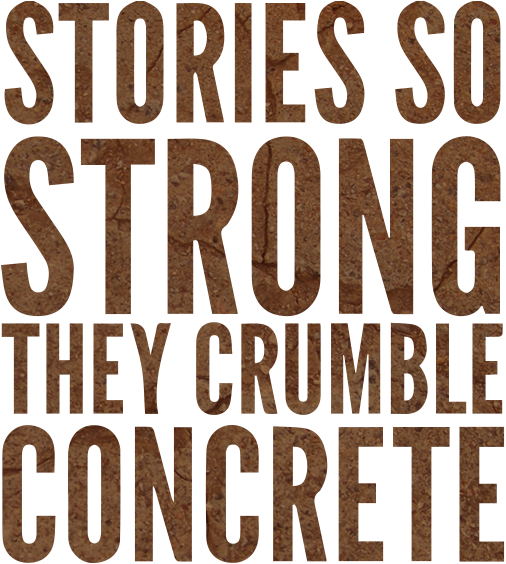public-policy
Armageddon Now
by Sara Olson

I try to reach out through writing and talking with people within the prison. That is what, it seems to me, any activist must do: educate and organize as creatively as possible under any circumstances one might face.
activism movement-building public-policy
The California Prison Focus Dignity for Women Prisoners Campaign
by Sara Olson
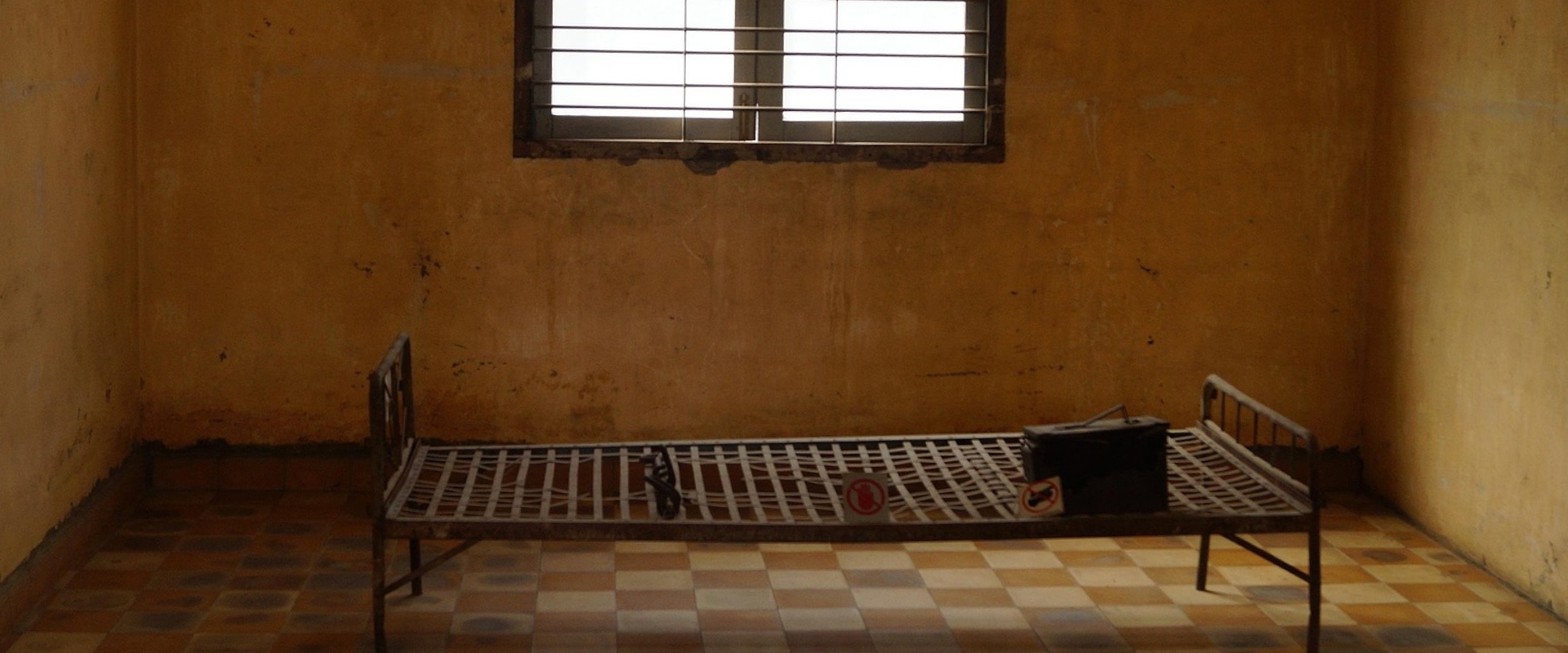
Since the looming demise of male searches became public knowledge here, male guards have been doing them more than ever. Guards who rarely search much now command, “Hey, get over here! Let me pat you down.” Why? Because they can. A virtual concentration-camp system has materialized in California and elsewhere, out in the middle of nowhere, erecting these prisons out of sight and out of mind.
gender public-policy racism sexuality
Girl-on-Girl Violence Hearing Testimony
by Laurie Schaffner

In this article, created as testimony for hearings into the “problem of girl-on-girl violence” held in Chicago, Schaffner challenges the idea of rising violence among girls and makes concrete suggestions about ways we can support girls.
gender public-policy youth
Voices in Time
by Salome Chasnoff
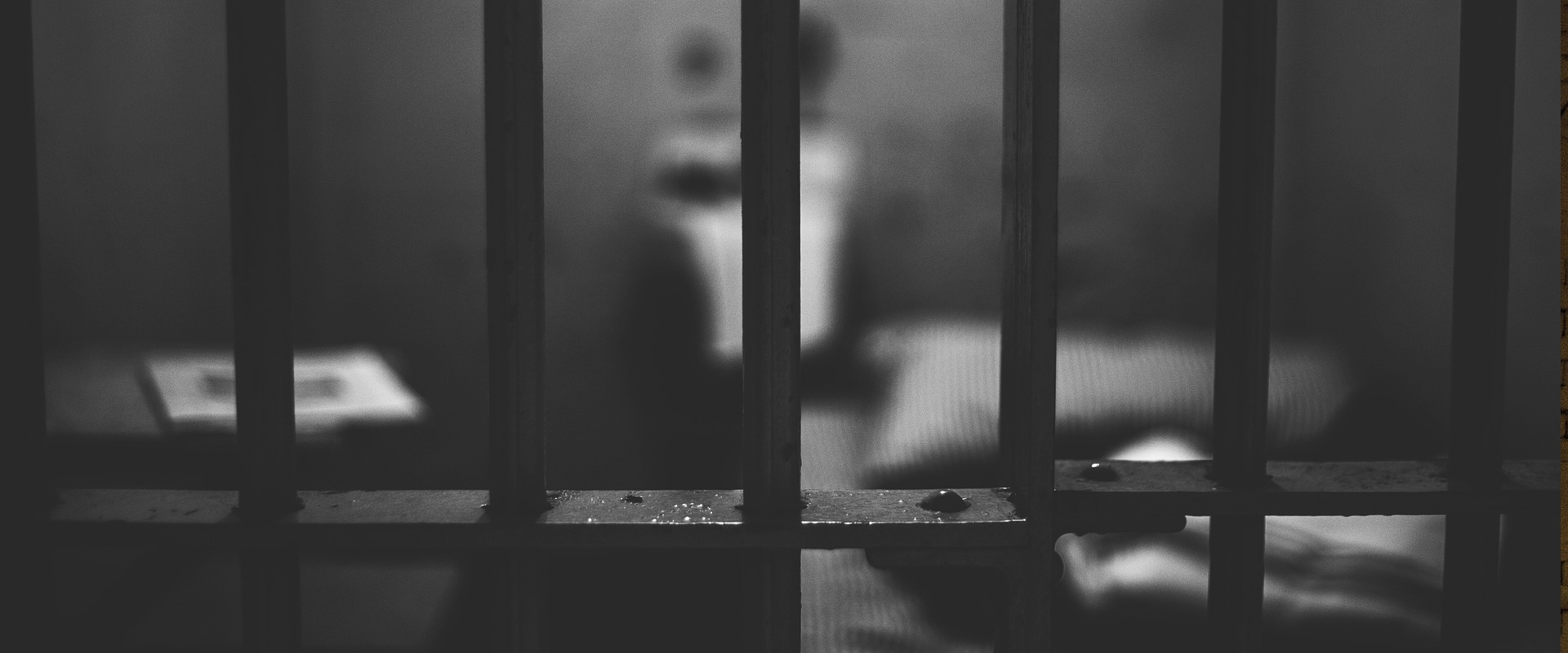
This essay from Feminist Studies, looks at Voices in Time, a multimedia installation that artistically recreates a furnished prison cell, echoing with women’s stories.
prison-life public-policy
United Nations Committee on the Elimination of Discrimination Against Women
by Bonnie Kerness

These past years hve been full of thousands of calls and complaints of increasingly distrubing nature from prisoners and their families throughout the United States. The proportion of those complaints coming from women has risen, with women describing conditions of confinement, which are torture.
activism community movement-building prison-life prison-industrial-complex public-policy racism sexual-violence state-violence
The Condition in Women's Prisons
by Sara Olson
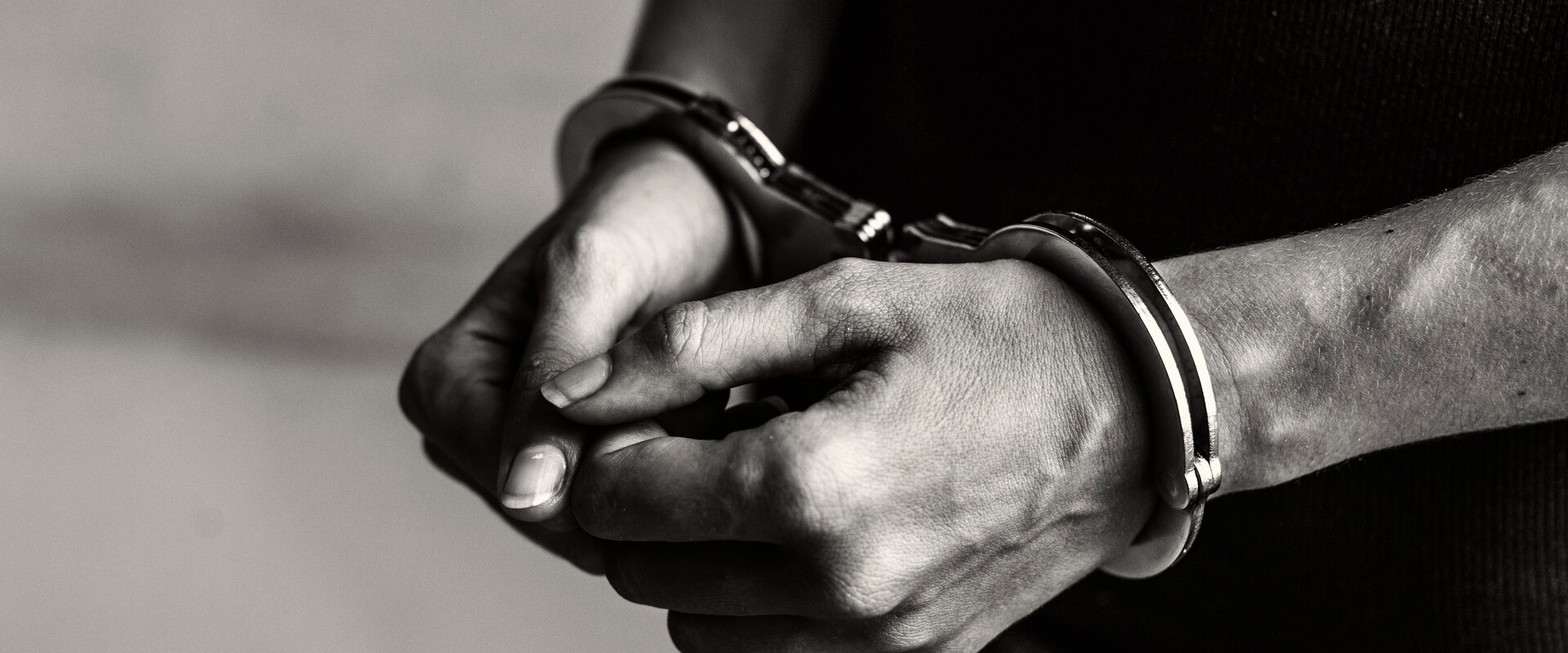
Today in California, there are 22,000 women, inmates and parolees, whose convictions are for, on the whole, non-violent and drug-related crimes. Women normally plea-bargain their cases. Even for violent crimes, we are usually sentenced as aiders and abettors. Because we are fallen women, our sentences tend to be longer than those for men convicted of the same crimes. When it comes to murder, women primarily kill abusers who have been torturing them for many years. Public financing for women’s prisons is money misspent.
abolition activism gender movement-building prison-life prison-industrial-complex public-policy
Freedom Fantasy
by Sara Olson
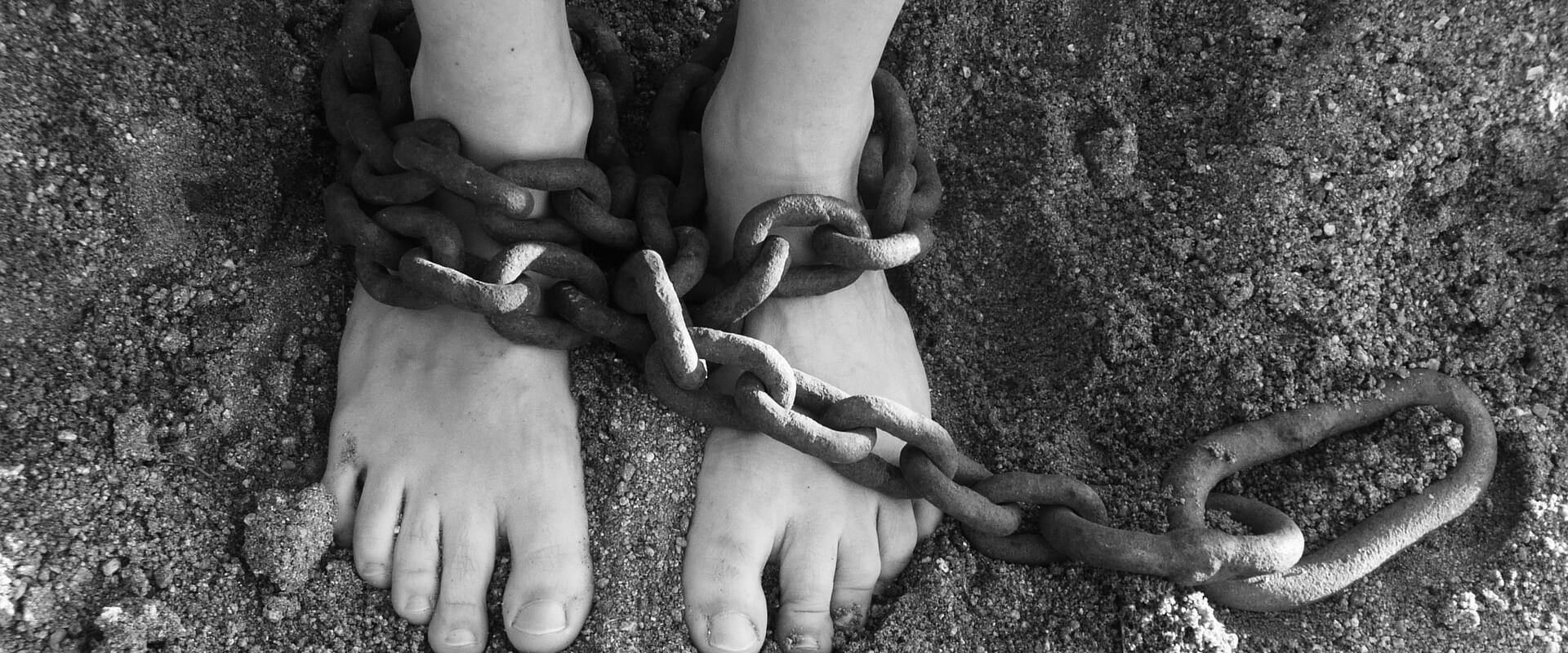
In March, 2008 I was released from Central California Women’s Facility (CCWF) in Chowchilla, California after over six years in prison. I won a writ, a portion of one anyway, in October, 2007 in Los Angeles that agreed with my attorneys that the Board of Parole Hearings (BPH) had violated my double jeopardy right by adding a year to a sentence that a real court had already addressed.
personal-narrative prison-life prison-industrial-complex public-policy
Fourth of July at CCWF July 2006
by Sara Olson

Olson tells of a 4th of July at CCWF. When you come into the CDC, it’s a whole different world. It’s like t third world country. You’re completely cut off from civilization. I was freaked out when I got here. I was sure some of the prisoners were men. "Are they men?" I asked. I had no idea. You’re isolated.
personal-narrative prison-life prison-industrial-complex public-policy
Environmental Essay
by Sara Olson

The systems of federal and state and corporate imprisonment, the Prison/Industrial Complex, are growth industries in the United States. While there has been much attention worldwide to the human rights travesty of massive American incarceration, criticism has brought no reduction, only growth in the numbers. Incarceration is aimed at a certain group of people Blacks, Latinos, and the poor.
abolition activism gender movement-building prison-life prison-industrial-complex public-policy
The Intersectionality of Race, Gender, and Reentry: Challenges for African-American Women
by Geneva Brown

Challenges faced by African-American women reentering society.
children-of-prisoners family gender health housing-and-homelessness public-policy racism reentry
Beyond Gender-Specific Intervention: Theory-driven Praxis
by Laurie Schaffner

Laurie Schaffner’s essay challenges the ways that juvenile justice programs aim to help girls by working in ‘gender responsive’ ways. She claims these programs often do little besides training young girls to ‘have manners’ and ‘talk about their feelings,’ as opposed to critically understanding the ways in which gender functions. Schaffner suggests that gender-specific interventions should be responsive to young women’s lived realities, including experiences of racism and poverty.
gender juvenile-justice public-policy
The Adoption and Safe Families Act of 1997: Its Impact on Prisoner Mothers and their Children
by Gail T. Smith
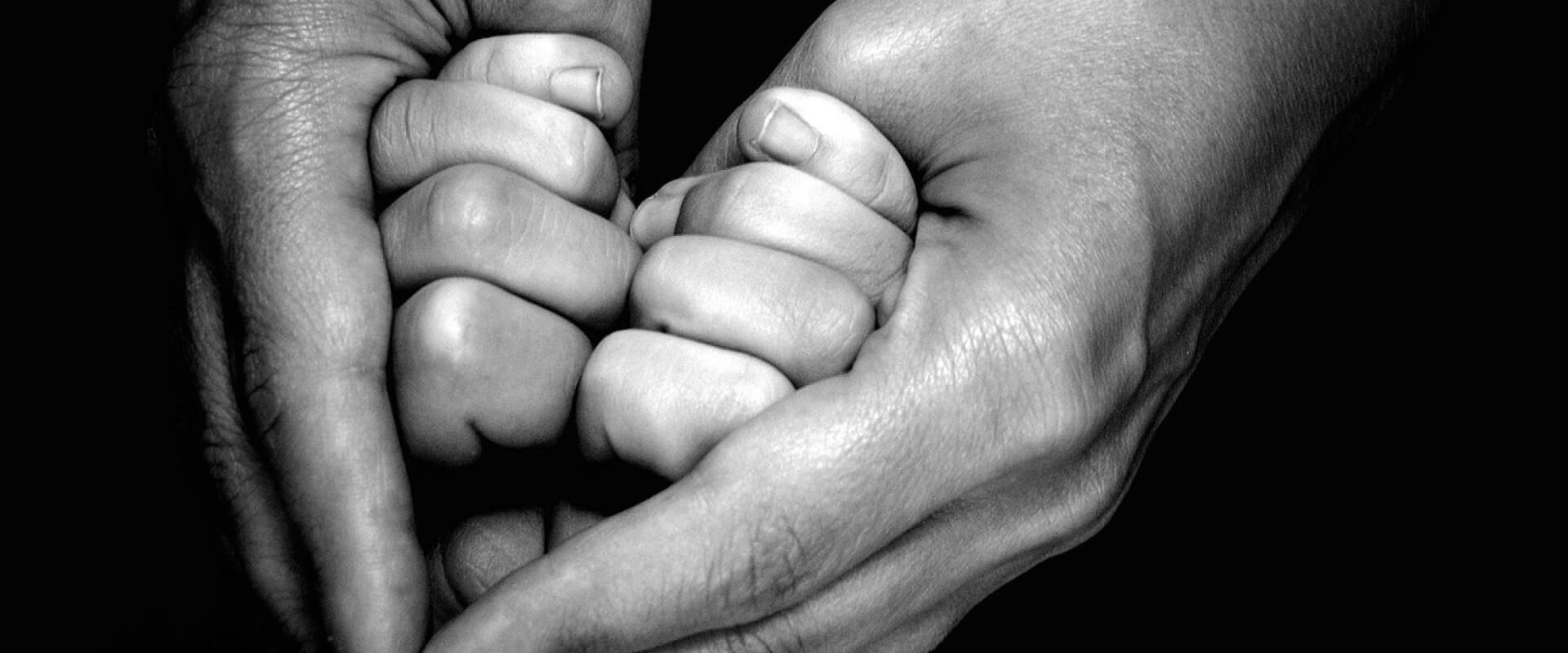
Gail Smith outlines the reasons the ASFA of 1997 is harmful and detrimental to imprisoned women and their children. With most children of prisoners being in ‘temporary’ foster care, the ASFA actually makes these children legal orphans and breaks any ties that imprisoned mothers and their children once had.
children-of-prisoners court-advocacy motherhood public-policy
Mapping The Way Home: Reducing Barriers to Women’s Reentry After Prison
by Patricia O'brien

O'Brien describes the difficulties that women face in returning to the community after prison. She addresses the major areas of concern in women's reentry: relationships with their families and children, housing, relationships, substance abuse and recovery, and employment. For each of these areas, O'Brien lists specific policy changes that could have a positive effect on women’s abilities to rebuild their lives upon their return.
family public-policy reentry substance-abuse
Equality at the Price of Justice
by Traci Schlesinger

In the last quarter of the twentieth century, prison admission rates have been rising precipitously, racial disparities remain high, and the proportion of prisoners who are women is increasing dramatically. While several scholars argue that changes in sentencing policies play a part in increasing the proportion of the correctional population that is women, there have been few empirical examinations of this presumed connection. In this study, I examine whether and when mandatory terms and sentencing enhancements disproportionately affect women’s prison admission rates and if this disparate affect differs by race. The study has four major findings. First, mandatory terms and sentencing enhancements increase prison admission rates for violent, property, and drug crimes among Black and White men and women. Second, these policies disproportionately burden women, regardless of offense type. Third, the gender disparate impacts of these policies are most consistent among Blacks. Finally, the affects of these policies are most consistently associated with increases in violent admissions, but associated with the most substantial increases in drug admissions. These findings corroborate the theoretical perspective offered and suggest that that the concept of equality may be fruitfully replaced by one of justice.
prison-life public-policy
A Different Point of View
by Rhonda Leland

California Proposition 21, known also as Prop 21, was a proposition proposed and passed in 2000 that increased a variety of criminal penalties for crimes committed by youth and incorporated many youth offenders into the adult criminal justice system.

